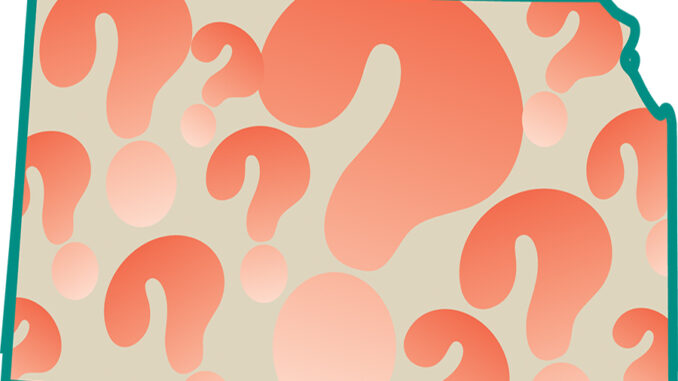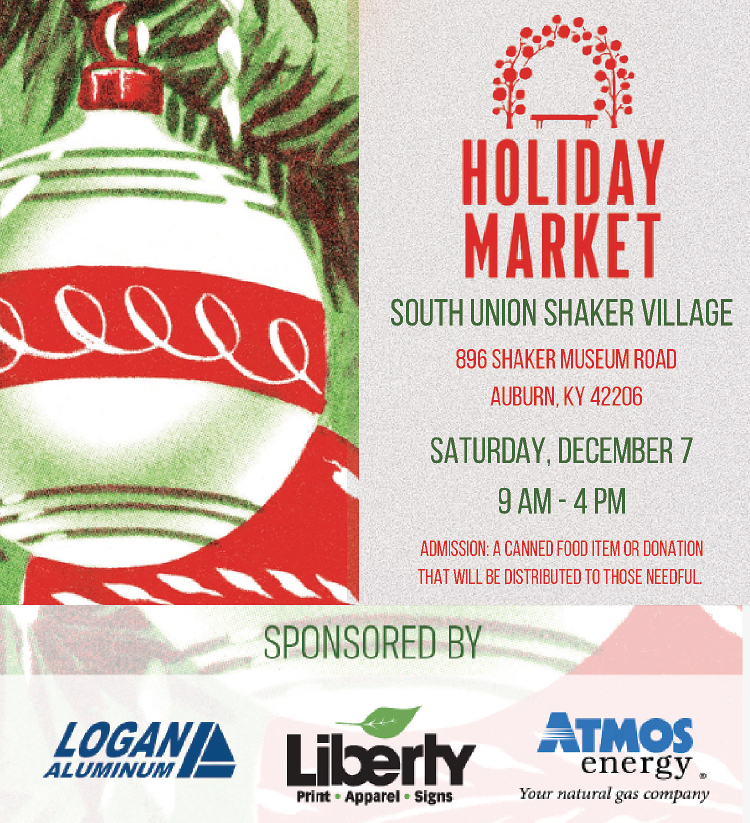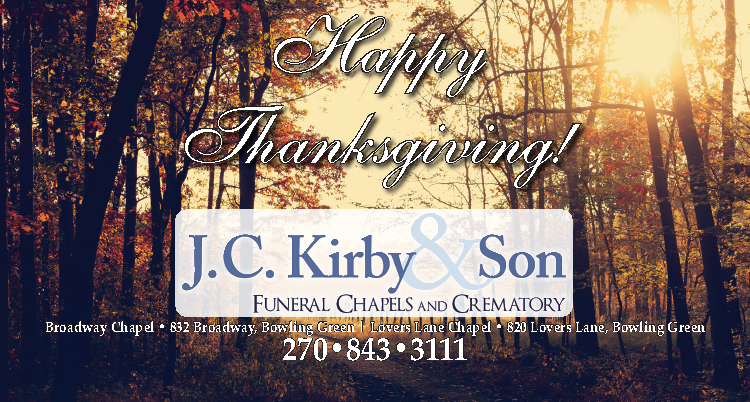
Across the years, as old age creeps in on individuals, people use a variety of methods to keep up-to-date with the modern scene and yet stay cognitive of the past we once experienced. Each person usually develops their own method of reexperiencing events in their younger years. In case these sentences describe the present reader of this month’s article, take a moment to look into the city’s local history facts and see how you fare on this exercise. Just match the names to the statements. You must just find you are not as “old” as you feared.
_______ “Immediately succeeding the erection of the courthouse and the jail, there were also erected upon the public square by an order of the County Court stocks and pillory upon a platform, together with a whipping post. The stocks and pillory were relics of old Virginia life and at a very early date passed from human sight ln Kentucky…. But the whipping post was frequently employed and was common punishment for petty larceny or for vagrancy. On September 19, 1818 _______ was convicted in the Warren Circuit Court for stealing some wagon wheels and sentenced to receive twenty lashes.” (from Judge Rodes Early History of Bowling Green).
_______ 1777 resident of Boonesborough who, with James Harrod in 1773, had explored south central territory and carved his name, along with others, on the bark of trees along the Barren River.
_______ According to the 1810 census, this gentleman, along with John McNeel and Haviliah Crump, collectively owned 26 of the town’s 58 slaves and was ranked as one of the most affluent citizens.
_______ This gentleman, along with a small group of pioneers, in April 1750 ventured into southeastern Kentucky and became the first white men to enter the area.
In 1827, _______ announced his wish to purchase and export 30,000 pounds of pork to distant markets on his three-man flatboats. The trip downriver took three to four weeks with Henry Fox as steerman of the lead flatboat.
In a 1794 letter to family back in Virginia, _______ told of the trip to their South Central Kentucky claim by coming through Cumberland Gap, constructing a raft, riding down the river at night, and “laid by” during the day, walked three or four nights practically all night to their new home on Gasper River… “We have two or three acres cleared and planted in corn and pumpkins and… enough venison dried to do a year.”
_______ Help to build the Portage Rail Line to transfer people and products from Bowling Green center to the boatlanding site.
_______ Built a splendid home overlooking Barren River which he called “Kinlock” in 1827. The walls were 18 inches thick, the flooring ½ inch walnut. The only perfect circular stairway was built in this house.
_______ Another of the early explorers who visited the area near the Barren River and carved his name along with others in the birch tree on June 13, 1775.
_______ One of the earliest tourists to visit Warren County in the spring of 1797 on his travels from Philadelphia to Nashville.
_______ Following his death in 1812, this widow continued to operate their tavern and from its profits educated their children (Anna, Thomas, Jefferson, Elizabeth, Mariah, and James Madison).
_______ Person of color who owned 200 acres of land in a grove on the north side of the Big Barren River.
_______ Owner of the tavern that provided services as a hotel, stagecoach stop, diner, catered locals as a restaurant, and meeting place for city officials, and was the town’s public places, dances and church services.
_______ A two-story brick building at the corner of Main and State was the favorite of Andrew Jackson as he traveled back and forth between Nashville and Washington.
_______ The first three-story building built on the square with wood cut from as far away as Lost River Valley and hauled to the location to build the hotel popular with river boat residents.
_______ This gentleman, the son-in-law of Robert Moore, is believed to be the area’s first doctor.
_______ Known as one of Kentucky’s most famous authors, she taught school in Bowling Green before her marriage to the President of Ogden College.
BONUS: Contemplate a description for this item: Bob Harper – 1890
Names to use:
- E. Burger
- John Smith
- Jacob VanMeter
- J. Neville
- James Rumsey Skiles
- Daphne Tiller
- Thomas Quigley
- George Moore
- Benjamin Vance
- Louis Philippi
- Elizabeth Calvert Hall
- Peter Beauchamp
- Dr. Thomas Walker
- Green River Tavern
- Washington Hall
- Abraham Vaugh
- Elizabeth Moore
-by Mary Alice Oliver
About the Author: Mary Alice Oliver is a Bowling Green native who is a 1950 graduate of Bowling Green High School. She retired from Warren County Schools after 40 years in education. Visiting familiar sites, researching historical records and sharing memories with friends are her passions.
Answers: 2, 1, 8, 7, 13, 6, 3, 5, 4, 10, 17, 16, 9, 15, 14, 12, 11





